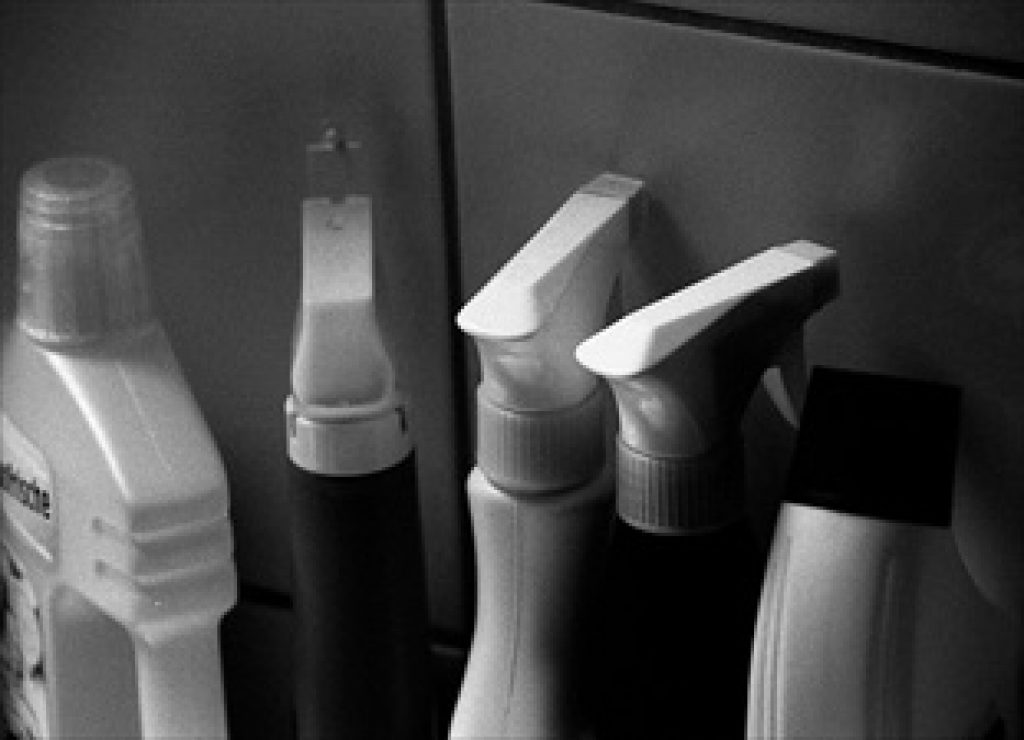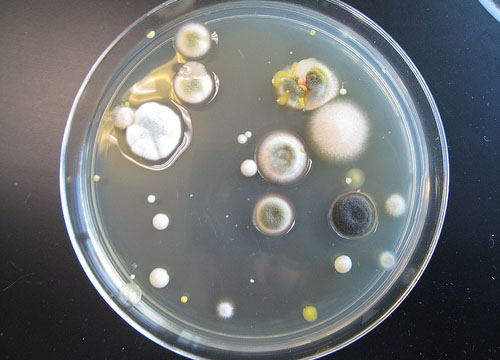
Asian Scientist (Aug. 20, 2013) – New Zealand’s first ever study of occupational dermatitis, or skin inflammation, in cleaners has found that eczema incidence among them nearly twice that of people not exposed to cleaning agents.
Researchers from Massey University measured work-related skin symptoms in 425 cleaners involved in cleaning hospitals, tertiary institutions, schools, commercial buildings and the meatworks industry.
They then compared these results were compared with those of non-exposed workers from the retail and clerical sector as well as bus drivers.
The researchers found that of the surveyed cleaners 14.8 per cent reported experiencing eczema in the three months preceding the surveyed period, compared to 10 per cent of non-exposed workers – representing an almost two-fold increased risk of eczema.
It was also more common for cleaners (17.6 per cent) to develop eczema in adult life compared to people not employed in the role (11.4 per cent).
The researchers found that cleaners were also more than twice as likely at 11 per cent to report having an itchy skin rash on their hands wrists and forearms compared to 5.3 per cent of the general population.
Overseas, occupational dermatitis is associated with work absenteeism, disability, increased use (and therefore increased cost) of medical care and pharmaceuticals and reduced quality of life and increased stress in individuals with these conditions.
The study suggested that cleaners were incorrectly applying anti-dermatitis creams and aggravating existing conditions by re-using old gloves, sometimes for days on end rather than throwing them out, thus damaging the protective skin layer making it more vulnerable to chemical exposure.
In some cases the research revealed that cleaners were not even aware of the cleaning agents they were using and simply identified which was the correct one by the color of the bottle.
Professor Jeroen Douwes, the lead investigator of the study, said that workplaces had to accept responsibility for making cleaners aware of the products being used and give them more information about means available to protect their hands and forearms.
“Employers need to make available sufficient gloves and also provide creams and introduce preventative programmes to stop it [the onset of occupational dermatitis] happening in the first place,” said Douwes.
——
Source: Massey University.
Disclaimer: This article does not necessarily reflect the views of AsianScientist or its staff.












